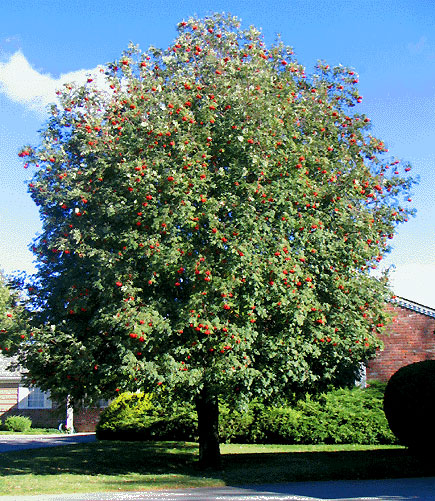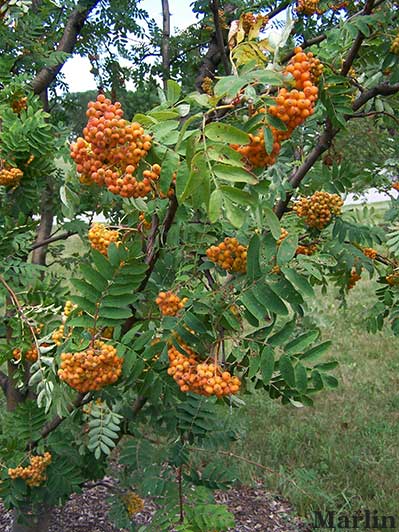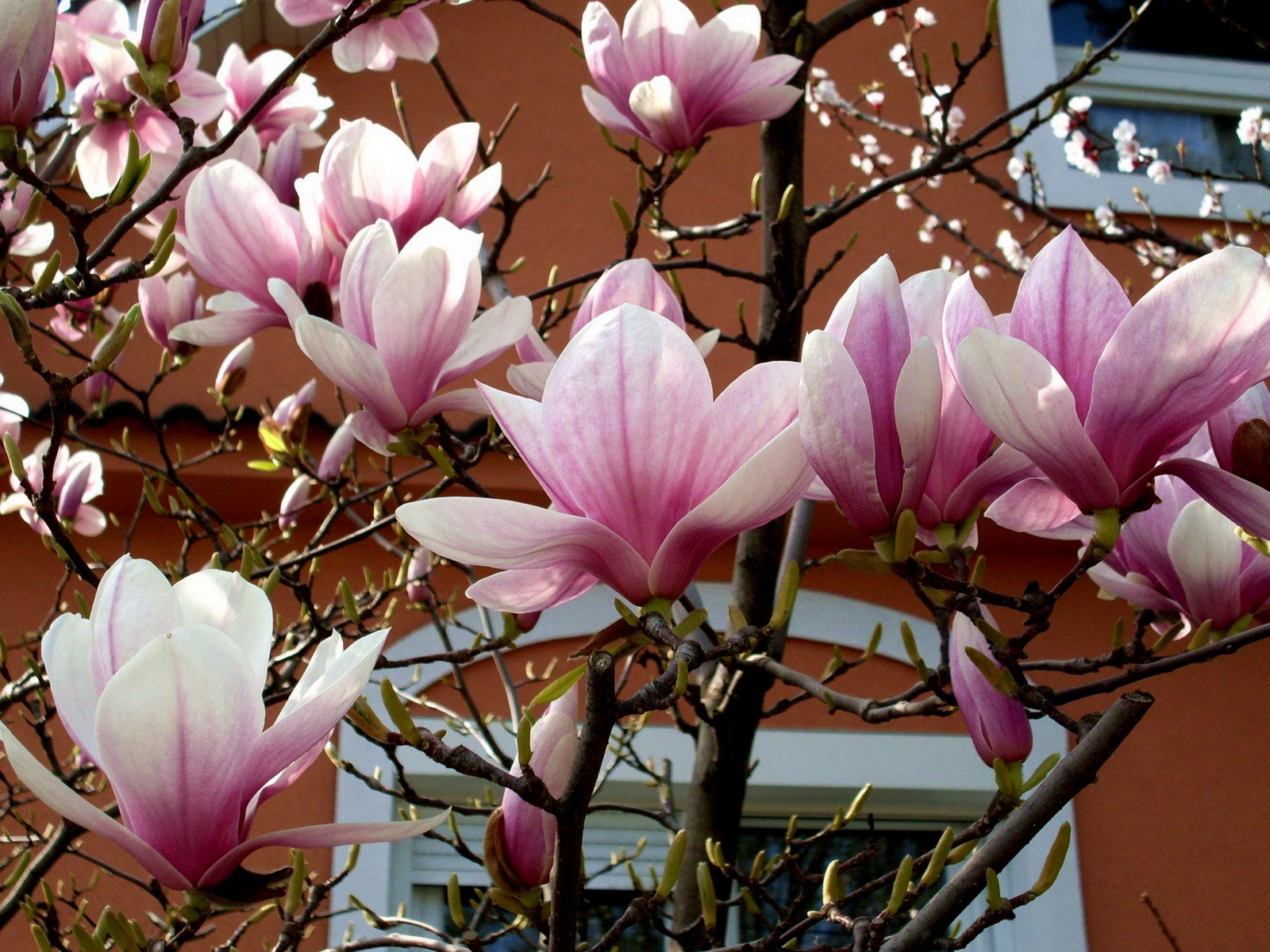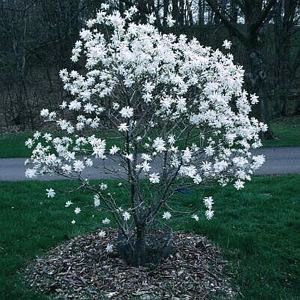Mountain Ash is often confused with the rest of the ash spieces when it comes to thought on Emerald Ash Borer. I am often told to go ahead and treat Mountain Ash for emerald ash borer despite the fact that they are not effected by the disease.
Mountain ash are often effected by sapsucking insects and are very hardy for the most part. They do not have a major insect or disease that can wipe them out completely. Just like many trees it often takes many different secondary pest to kill thes tree. The major drawback of having a tree like this is that they do not grow to be that large and are often considered an ornamental tree. They do have pretty orange berries that are a great food source for many varieties of birds.
I have seen some of these trees with signifcant trunk damage from woodpeckers. Another common problem associated with these trees is a gooey discharge from the trunk. This discharge often hardens and looks alot like syrup. If you see any signs of disease it is very important to contact a professional.
Things to look for
- Trunk Damage
- Canopy dieback
- Discharge coming from the trunk
- Woodpeckers near by


Other trees
Common Name: American Mountain ash
Scientific name: Sorbus americana
Leaves: alternate, compound, pinnate 6-10" long, 13-16 leaflets each 2-3" long
Bark: Light gray, smooth, surface scaly
Height: 40" max
Spread: 20-40'
General info: Ornamental tree with very noticeable orange seeds in groups. These trees are often mistaken for ash trees but are a part of the rose family of trees. Not a native tree of Minnesota and common in Eastern territories of Canada.
Pests and diseases: Bark beetle is the only insect known to affect these trees.
Common Name: Magnolia
Scientific name: Magnoliaceae
Leaves: Large green leaves with brown back. Spear shaped, 3-5" long 2-3.5" broad
Bark: Light Gray with a light texture
Height: 15-20' tall at max
Spread: 15-20'
General info: Magnolia trees are one of the most amazing ornamental landscape plants. The large white or pink flowers in the spring are very desirable.
Pests and diseases: Magnolia scale is a major pest of this tree. Learn more about it in the link.


Common Name: Russian olive
Scientific name: Elaeagnus angustifolia
Leaves: alternate, lancelot, 2-3.5" long, .4-1" broad, slivery blue tone
Bark: Scaly light grey bark
Height: 15-25' max
Spread: 25'
General info: This tree is an olive tree and produces edible sweet but gritty fruit. Has thorns and due to the general look of this tree it is not desired in a landscape.
Pests and diseases: No known fatal issues